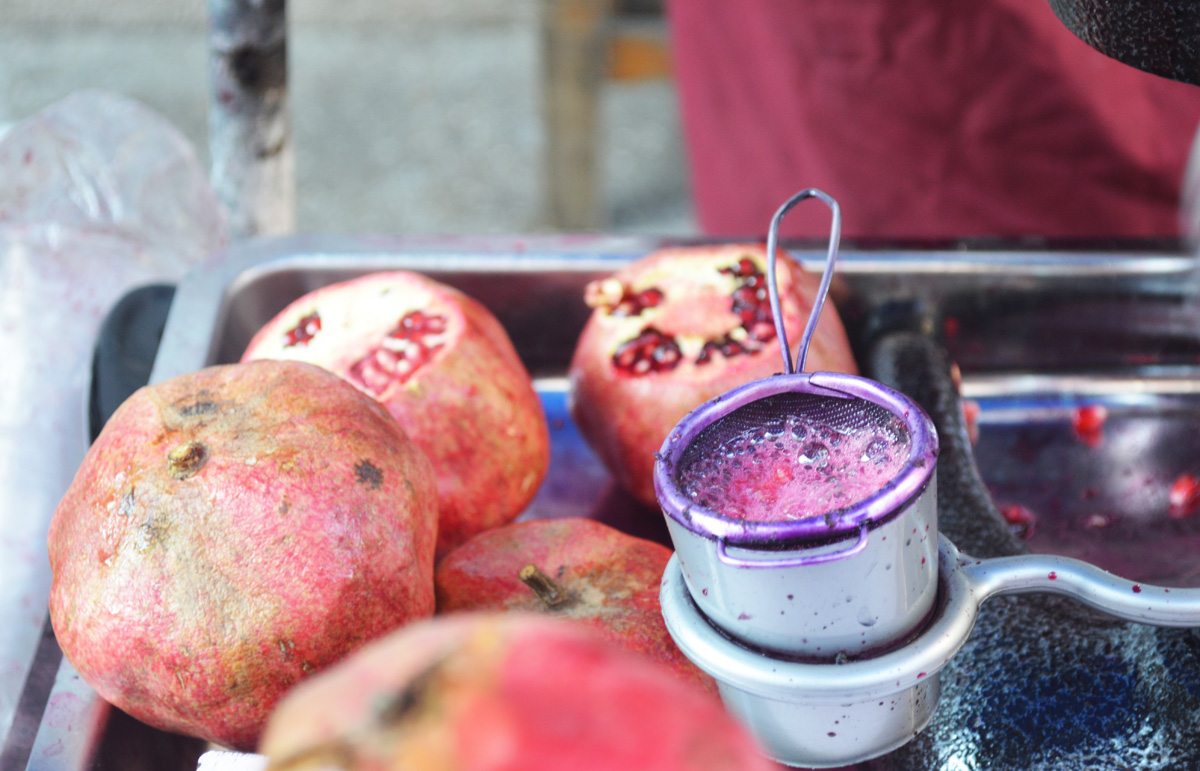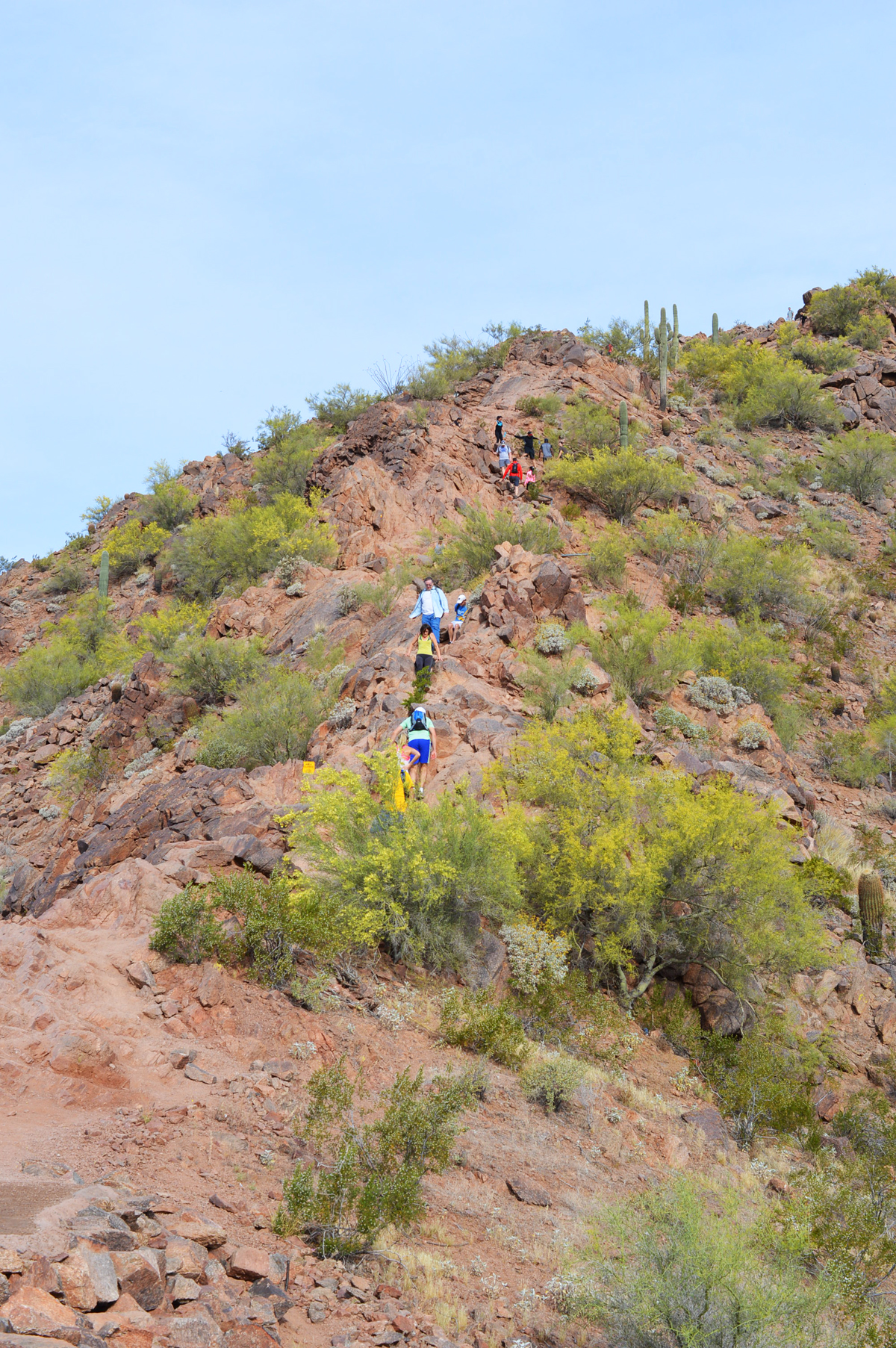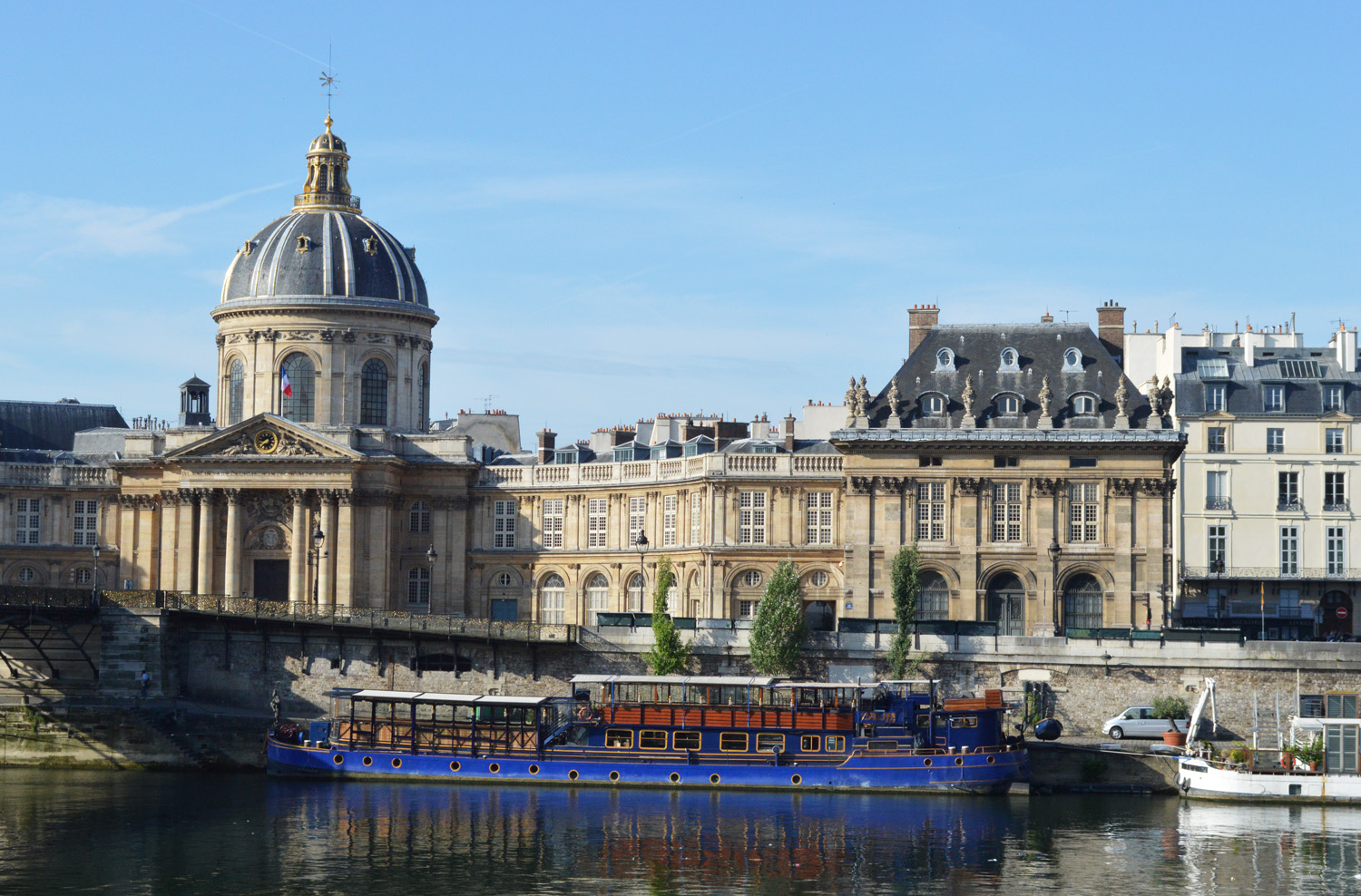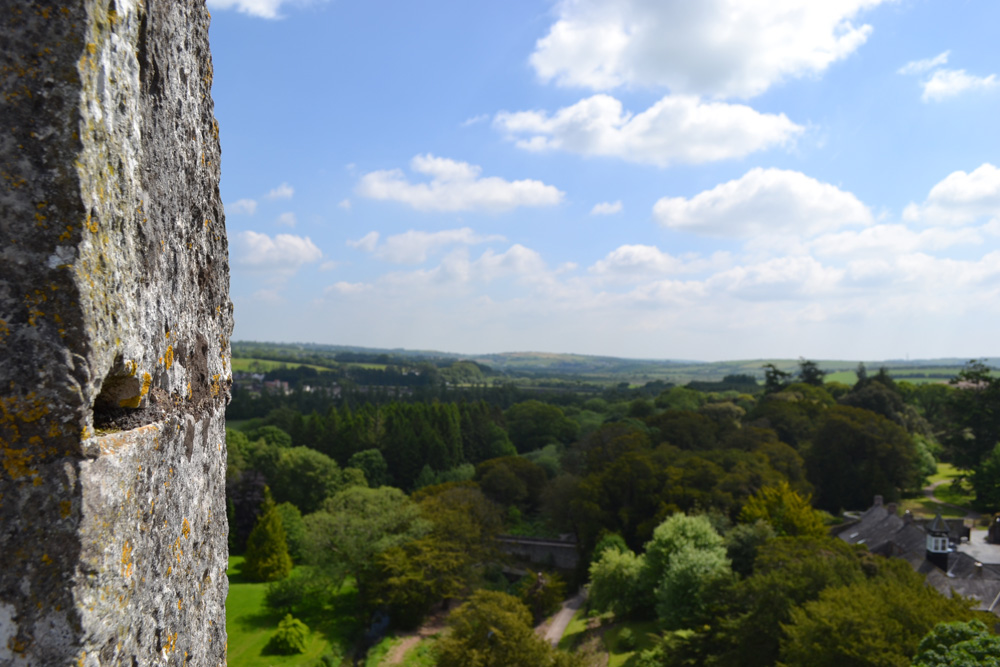Almost five years ago, I upgraded my point-and-shoot to a DSLR camera. My lovely Nikon D3200 (formerly the D3100 prior to a rain-and-coffee-spillage-incident in Germany) has been my companion on every trip I've taken.
Even though my iPhone 6 has a great camera, the quality of photos I get on my Nikon beat the phone every single time, to the point where it is worth the extra weight of bringing the camera on outings.
Pomegranate Juice Istanbul Turkey
The Nikon D3200 is a starter or "beginner" DSLR camera. I haven't considered upgrading to a more advanced camera because I'm not a professional by any means and still have a lot to learn in the likes of photography.
Also, I've learned that oftentimes you can get the shot you want just by switching out the lens. I've even heard some Youtubers suggest something along the lines of investing in the lens, not the camera base.
I have three lenses for my Nikon:
- A standard lens that came with the camera, 18-55mm f/1:3.5-5.6G
- A zoom lens that also came with it, 55-200mm f/1:4-5.6G
- A macro lens, 40mm f/1:2.8G
Dalmatian-Coast-Croatia
The Types of Travel Photos I Use These Lenses For
The Standard Lens
This lens came with the camera (if you're buying the actual camera, you don't need to purchase this lens separately). By playing around with the settings, you can really do a lot with this lens. I've shot everything from landscapes, group photos, some closeups, and HD video with this lens.
The Zoom Lens
Having a zoom lens has really come in handy for certain types of shots. This lens can go FAR. And no matter how zoomed in the photo is, the quality is still spectacular.
a
I took the photo of St. Peter's Basilica from atop Castel Sant'Angelo, across the street. The photo of the Pope during the Pope's Blessing was taken from down below in the audience.
The Macro Lens
As the newest addition to my collection, this macro lens is my favorite one to use. It's great for super close shots of food, objects, people (love getting the blurry background), or for getting just the subject very in focus. I also really enjoy how lights look when using this lens.
Grom Gelato New York
Manhattan
The AF-S option allows both manual and auto focus and is compatible with my Nikon. Having both options makes this lens quick to use in a pinch with auto focus or more tailored to my preference with manual focus. All three of the lenses in this post are AF-S.
Even though I'm not a professional photographer I've really enjoyed having these lens options to photograph my travels. It makes looking back on my memories that much better because of the quality, which is reason enough for me to invest in my DSLR. Plus, it's fun to learn new tips and try them out along the way.
What are your tips for travel photography and/or choosing a lens? I'd love to hear your suggestions!











































